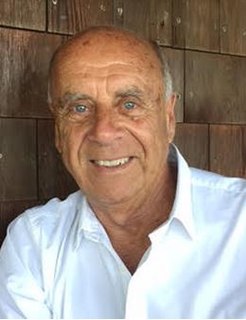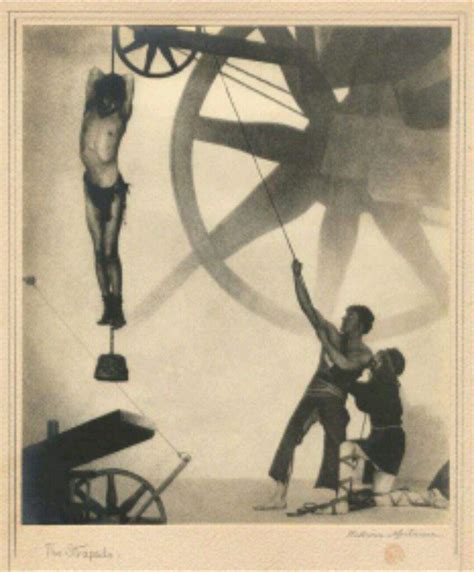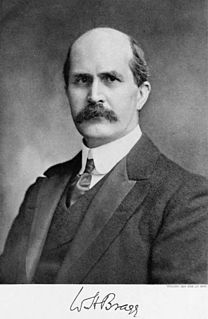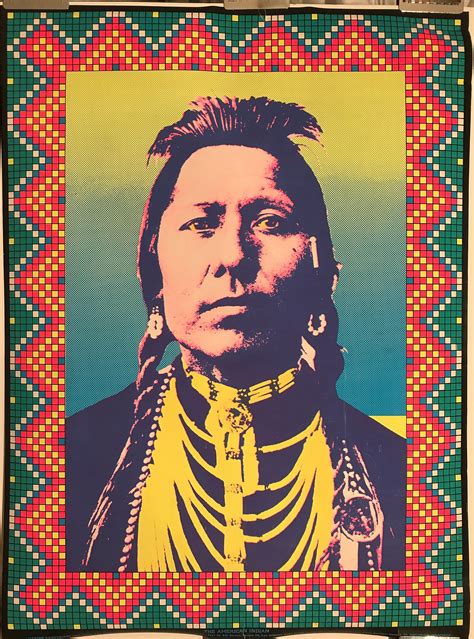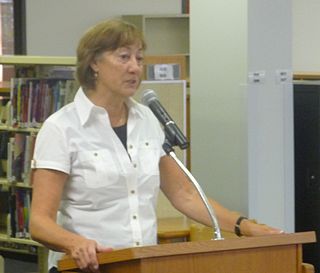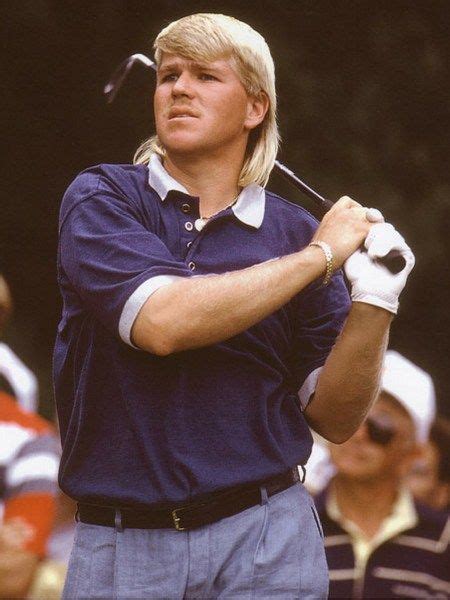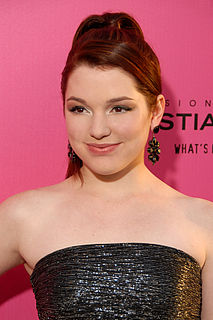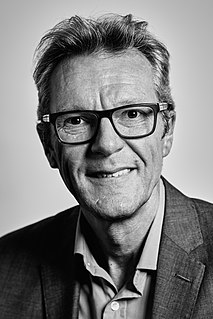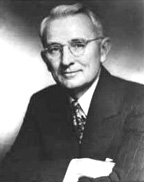A Quote by Ralph Gibson
I'm interested in producing truncated shapes in proportion to the frame and composition, shapes that are preferably luminous. I'm not interested in the full-figure. I want to abstract forms.
Quote Topics
Related Quotes
I'm really creating abstract shapes and relationships that work together. They come together and give the illusion of reality, but they're really abstract shapes. If you look at individual shapes, they aren't the shape of anything, but together they give you the illusion of hills and sun and flowers.
If tone is granted to be subjected to control, why not line also, which has equal emotional significance? And if line, why not shapes and forms? And if shapes and forms, why not allow elision or emphasis of detail? And if all these things are allowed, what becomes of the record of actuality ?... Sunk without a trace!
Abstraction didn't have to be limited to a kind of rectilinear geometry or even a simple curve geometry. It could have a geometry that had a narrative impact. In other words, you could tell a story with the shapes. It wouldn't be a literal story, but the shapes and the interaction of the shapes and colors would give you a narrative sense. You could have a sense of an abstract piece flowing along and being part of an action or activity. That sort of turned me on.
